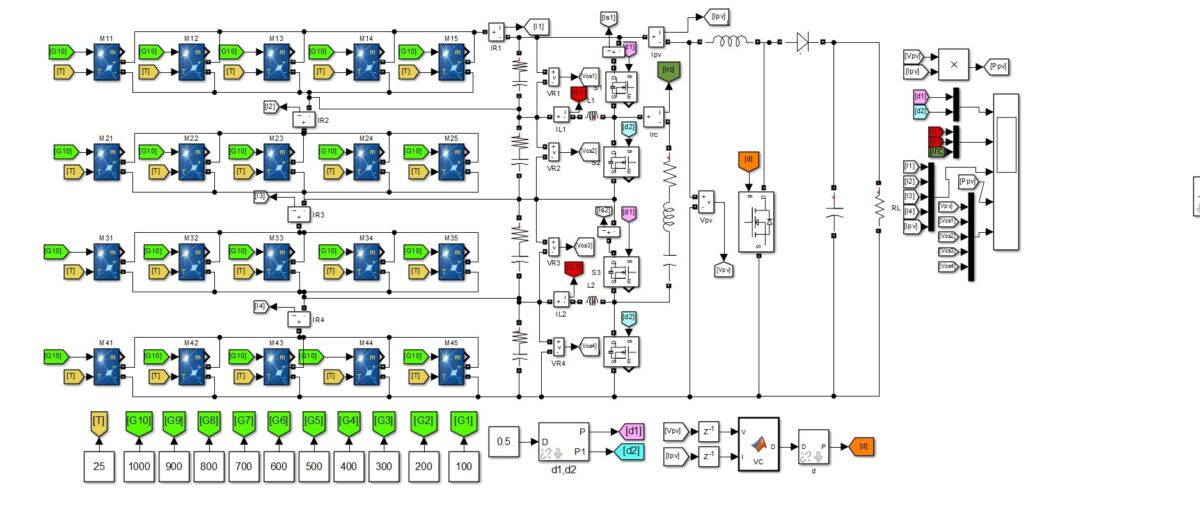Researchers from India's Department of Electrical Engineering have proposed a new PV system design that reportedly reduces mismatch losses and enhances power generation under partial shading conditions.
The novel design, which the scientists describe as a cost-effective and easy to control, combines conventional TCT techniques for PV systems with PPPCs.
“We are currently working on designing the hardware for the proposed concept,” researcher Subhash Vitthalrao Murkute told pv magazine. “TCT is the most preferred and widely used PV module interconnection in PV array, as it offers improved performance over all types of partial shading.”
However, the power enhancement capacity during partial shading conditions is limited by bypass diodes and blocking diodes. Advanced array reconfiguration techniques can increase this power output limit, but they also introduce higher system cost and complexity.
The research group referred to the use of PPPCs, stating that their application allows for processing only the mismatch power between the PV modules in the series string during partial shading conditions. The proposed system is based on the interconnection of PV arrays using TCT techniques and incorporates the use of a switched capacitor converter for partial power processing.
“This topology requires two switches for each row of parallel connected PV modules in array,” the academics said. “The main disadvantage of this scheme is it requires more hardware and also a complicated closed-loop control for maximum power point tracking (MPPT) control to maximize power output.”
The system uses a resonant switched capacitor converter (RSC) in combination with a switch inductor converter (SLC). The researchers said this particular combination reduces the number of switches to only one per row instead of two.
Popular content
They tested a 5 kW rooftop PV system with 20 solar panels under various partial shading conditions. They also compared its performance with that of the conventional TCT and series-parallel (SP) approaches.
“Results show that the power conversion efficiency of proposed system was between 95-99 percent for all shading conditions which is higher than S-P and TCT,” the Indian team said. “It shows that the proposed system under any partial shading condition, gives higher output power.”
The group said that power yield improvement compared to S-P and TCT was 4% to 30% and 0.5% to 19% higher, respectively.
“Results show that the proposed hybrid system improves the PV system performance under all types of shading conditions,” they concluded.
The researchers described the proposed system design in “New high performance PV system architecture for mitigation of partial shading effects,” which was recently published in e-Prime – Advances in Electrical Engineering, Electronics and Energy.
This content is protected by copyright and may not be reused. If you want to cooperate with us and would like to reuse some of our content, please contact: editors@pv-magazine.com.



By submitting this form you agree to pv magazine using your data for the purposes of publishing your comment.
Your personal data will only be disclosed or otherwise transmitted to third parties for the purposes of spam filtering or if this is necessary for technical maintenance of the website. Any other transfer to third parties will not take place unless this is justified on the basis of applicable data protection regulations or if pv magazine is legally obliged to do so.
You may revoke this consent at any time with effect for the future, in which case your personal data will be deleted immediately. Otherwise, your data will be deleted if pv magazine has processed your request or the purpose of data storage is fulfilled.
Further information on data privacy can be found in our Data Protection Policy.